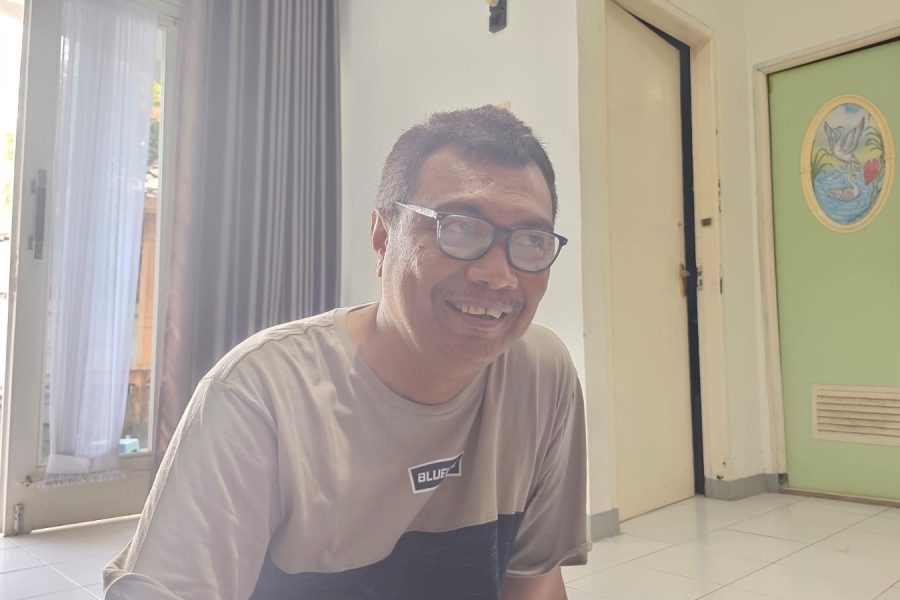In the lush expanse of Nanga Sira Island, located in the village of Penyaring, North Moyo, Sumbawa, two rare species of mangrove have been identified, underscoring the island’s ecological significance. The species, Ceriops decandra and Scyphiphora hydrophyllacea, are among the 14 rare mangrove varieties found worldwide.
Hermawan Some, a representative from the Zero Waste Community, who led the identification process in June 2025, highlighted the pressing need for conservation efforts to preserve these unique ecosystems. “Conservation efforts are essential to ensure these rare species continue to thrive,” he emphasized.
These mangroves play a crucial role in maintaining ecological balance, serving as natural barriers against coastal erosion and providing critical habitats for various marine species. The presence of such rare species in Sumbawa highlights the region’s biodiversity and the need for urgent protective measures.
Conservationists and local authorities are being urged to collaborate on strategies that would safeguard these rare mangroves from threats such as deforestation, pollution, and climate change. Initiatives may include establishing protected areas, promoting sustainable tourism, and engaging local communities in conservation efforts.
The discovery of these rare mangroves also presents an opportunity for scientific research, which could provide further insights into the ecological roles and potential benefits of these species. Such research could foster a better understanding of how to protect and sustainably manage these vital ecosystems.


